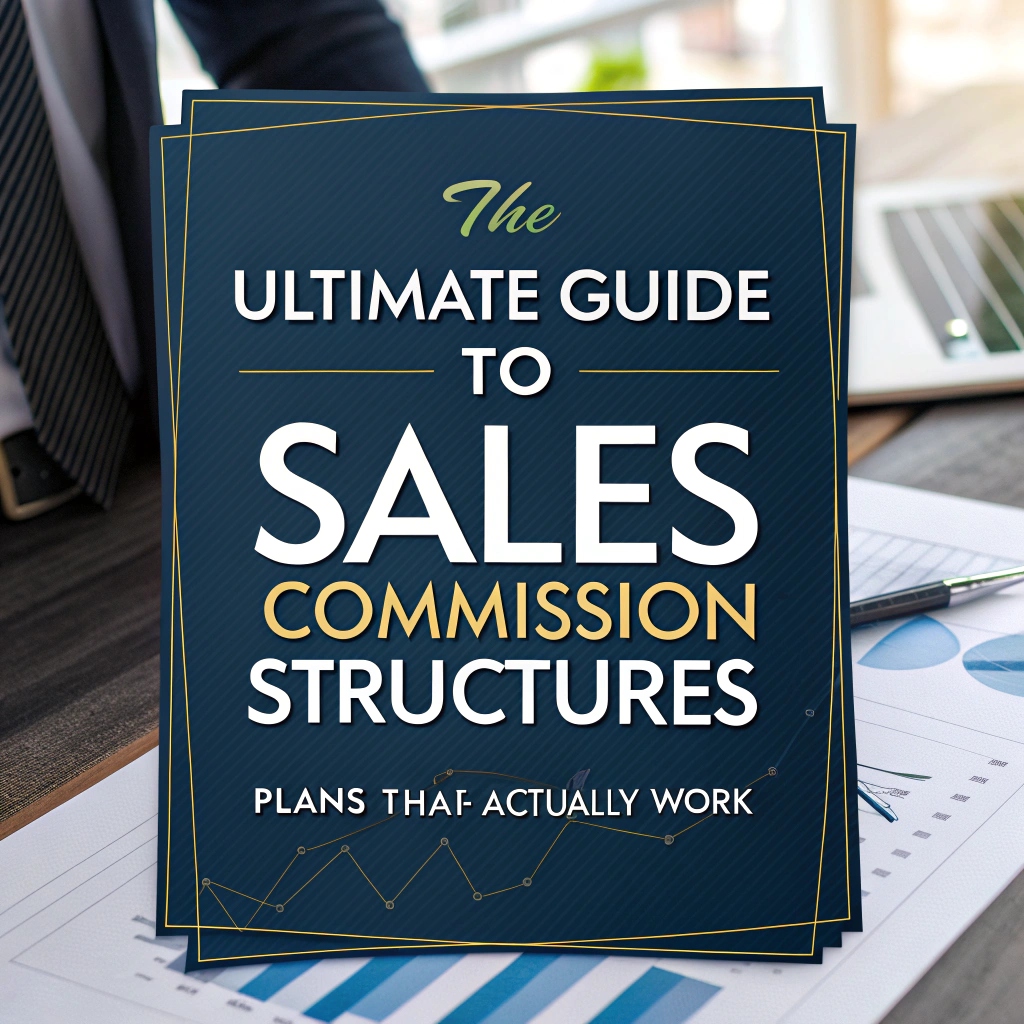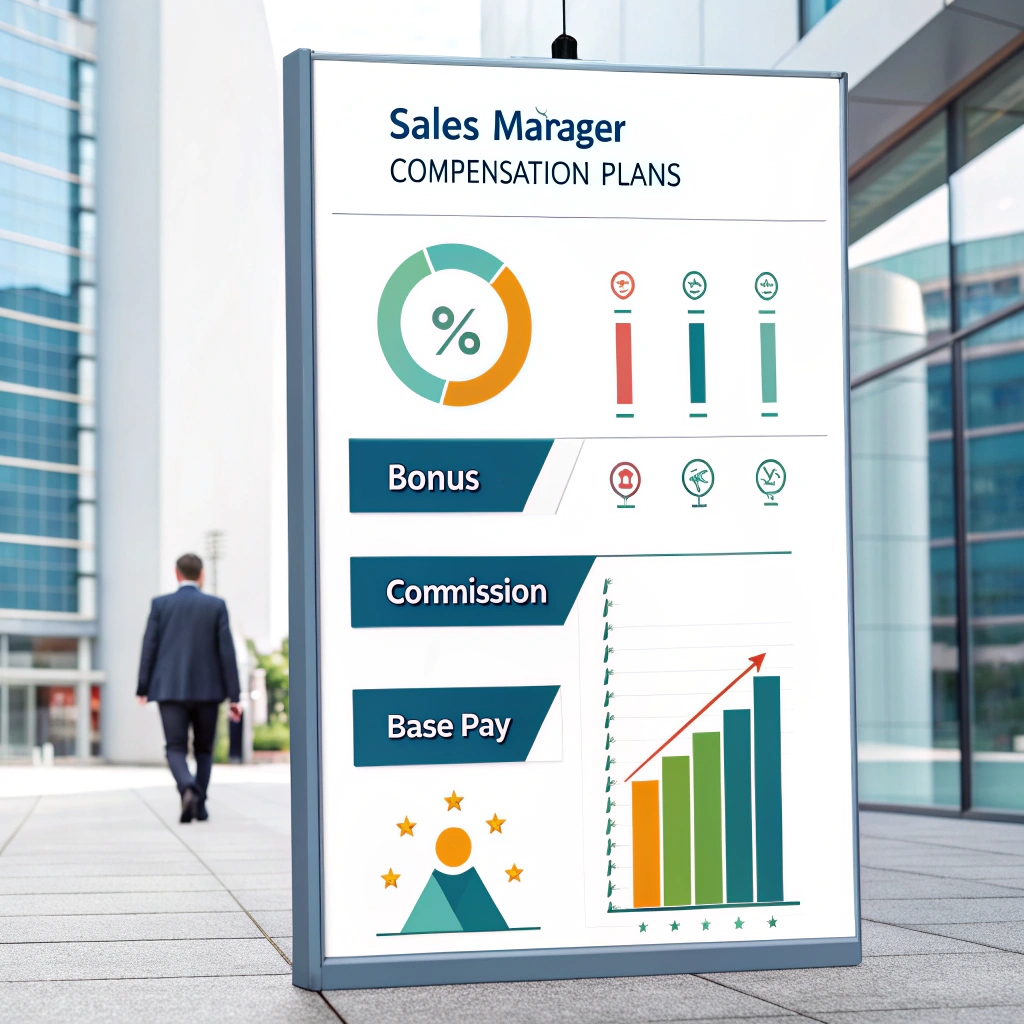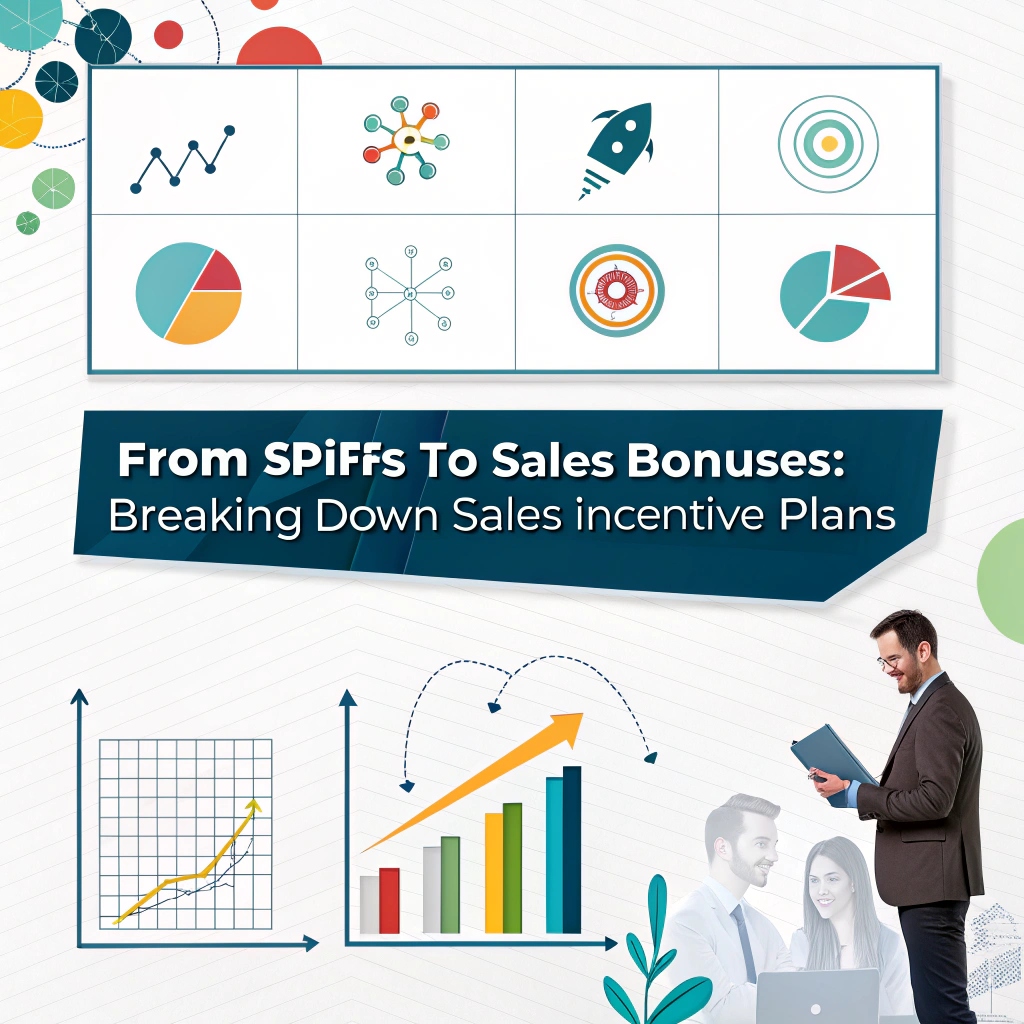
In the world of sales, money talks. But the way it talks—how you pay your sales team—can make or break your business. Welcome to “The Ultimate Guide to Sales Commission Structures: Plans That Actually Work.” Whether you’re a business owner, sales leader, or aspiring commission-based rep, understanding commission plans is crucial. The right plan not only drives performance but also creates a culture of fairness, motivation, and growth. Let’s break down everything you need to know, from different commission structures to real-life examples and best practices. This isn’t just another dry business article—we’ll keep it relatable, practical, and tailored to people who live and breathe sales.
What Is a Sales Commission Structure?
In simple terms, a sales commission structure is the way a business rewards its salespeople for generating revenue. It’s a payment on top of their base salary (or sometimes their only pay), based on the number or value of deals they close.

Why does it matter? Because when structured right, commissions:
- Encourage peak performance
- Align company goals with individual goals
- Retain top talent
- Drive revenue like a rocket
But a bad plan? That can lead to burnout, demotivation, or even people gaming the system.
Common Types of Sales Commission Structures
Let’s dive into the most widely used commission models—each with its own pros and cons.

1. Straight Commission
What it is: Sales reps earn money only through commissions. No base salary. Best for: Freelancers, real estate agents, insurance agents, or early-stage startups. Pros:
- High motivation to close deals
- Lower fixed cost for businesses
Cons:
- High pressure for reps
- Inconsistent income
- Not ideal for complex B2B sales cycles
Example: A real estate agent earning 3% on every property sold.
2. Base Salary Plus Commission
What it is: Reps earn a fixed base salary plus commission on sales. Best for: Most B2B companies, SaaS firms, and growing businesses. Pros:
- Financial stability + motivation
- Easier to attract long-term talent
Cons:
- Higher cost for the company
- Potential to reduce “hunger” for sales if base is too high
Example: A SaaS sales rep with ₹30,000/month base + 10% commission on every closed deal.
3. Tiered Commission
What it is: Commission rates increase as reps hit higher sales targets. Best for: Companies looking to scale performance. Pros:
- Encourages reps to go beyond the minimum quota
- Rewards top performers fairly
Cons:
- More complex to manage
- Needs clear targets and transparency
Example:
- 5% commission up to ₹1,00,000 in sales
- 7% for ₹1,00,001 – ₹2,00,000
- 10% above ₹2,00,000
4. Draw Against Commission
What it is: Reps receive a fixed amount as a “draw” (advance) and earn commission to repay it. Best for: Companies with long sales cycles or complex products. Pros:
- Gives reps upfront income
- Helps with cash flow in slow seasons
Cons:
- Confusing for new reps
- Risk of reps never surpassing the draw
5. Revenue vs. Profit-Based Commission
- Revenue-Based: Reps earn commission based on total sales amount.
- Profit-Based: Commission is based on the profit margin of the sale.
Which to choose? Revenue is simpler. But profit-based structures align sales with business profitability. Real-Life Insight: In a company I consulted, switching to a profit-based model increased profitability by 14% in 6 months without reducing motivation.
6. Residual Commission
What it is: Reps earn commission as long as their clients stay and pay. Best for: Subscription businesses, insurance, or financial services. Pros:
- Incentivizes customer retention
- Builds passive income for reps
Cons:
- Can get expensive over time
- Needs performance reviews to avoid complacency
How to Choose the Right Sales Commission Structure

Here’s a checklist to guide your decision:
| Factor | What to Consider |
|---|---|
| Sales Cycle Length | Long cycles need base pay or draw models |
| Sales Rep Experience | New reps may prefer base + commission |
| Business Type | High-margin businesses suit profit-based plans |
| Team Culture | Competitive teams love tiered models |
| Customer Retention | Use residual if LTV (lifetime value) is key |
Sales Commission Rates by Industry
| Industry | Typical Commission Rate |
|---|---|
| Real Estate | 2% – 6% per sale |
| Insurance | 5% – 20% (higher for renewals) |
| SaaS | 8% – 15% per deal |
| Retail | 1% – 5% |
| Financial Services | 3% – 10% |
| Pharma & Healthcare | 10% – 30% (based on regulations) |
💡 Tip: Don’t just copy industry rates. Adjust for deal size, margin, and team cost.
Tools to Track and Manage Sales Commissions
Gone are the days of messy Excel sheets. Try these commission tracking tools:
- QCommission – Customizable for complex structures
- Xactly – Enterprise-grade with analytics
- CommissionCrowd – Great for finding and managing commission-only reps
- Spiff – Modern UI + real-time commission tracking
- HubSpot/Salesforce Add-ons – Integrated CRM + commission modules
Real Story: Commission Plan That Saved a Sales Team
Company: A mid-sized B2B tech startup Problem: Sales team missed targets 5 months straight. Morale hit rock bottom.

Solution:
- Switched from flat 5% commission to tiered (5% → 8% → 12%)
- Added quarterly bonuses for top 3 reps
- Implemented real-time dashboards via Spiff
Result:
- 38% increase in monthly revenue
- 2 reps promoted to team leads
- Zero attrition for 12 months
👉 Moral? Pay structure isn’t just money—it’s motivation.
How to Communicate Commission Plans Clearly
It’s not just what you pay, but how clearly you communicate it. Use this checklist: ✅ Simple language, no jargon ✅ Clear eligibility rules ✅ Defined payout frequency (weekly, monthly, etc.) ✅ Examples to explain edge cases ✅ Written policy document signed by both parties

Tips to Build a Motivating Sales Compensation Plan
- Align with Company Goals: Want to grow a specific product line? Incentivize it directly.
- Keep It Transparent: A confused rep is a frustrated rep.
- Include Non-Monetary Incentives: Recognition, certificates, or travel rewards add emotional value.
- Cap or No Cap? Most top performers hate caps. Choose wisely.
- Regularly Review and Improve: What worked last year may not work today.
Sales Commission Plan Examples (Templates)
🔹 Commission-Only Plan
“Reps earn 20% on all direct sales. Commissions are paid monthly, post-client payment confirmation.”
🔹 Base + Commission Plan
“Reps earn ₹30,000/month base salary + 10% commission on all sales above ₹1,00,000/month.”
🔹 Tiered Plan with Bonuses
“Sales up to ₹1L: 5%. ₹1L–₹3L: 7%. Above ₹3L: 10% + ₹10,000 bonus for exceeding ₹5L.”
Final Thoughts: Design with People in Mind
At the end of the day, your commission structure is more than a payment plan—it’s your culture, your brand promise to the sales force, and a strategic tool to hit business goals. Think like a marketer, act like a sales strategist, and lead like a human. Ask yourself:
- Will this plan excite my reps?
- Will it reward the right behavior?
- Will it scale with my growth?
If yes, you’re on the path to a commission structure that actually works.

Quick Recap Checklist
✅ Understand your sales process ✅ Pick the right structure (base + commission, tiered, etc.) ✅ Choose commission rates based on margin and industry ✅ Use modern tools like Q Commission or Spiff ✅ Keep everything clear, fair, and motivating Got questions about setting up your commission structure? Drop a comment below or contact us at SalesLiftUp for personalized guidance. Written by Kundan Ranjan Tiwary Founder of Sales LiftUp ,Sales & Marketing Strategist “When you reward with purpose, performance becomes a habit.”






